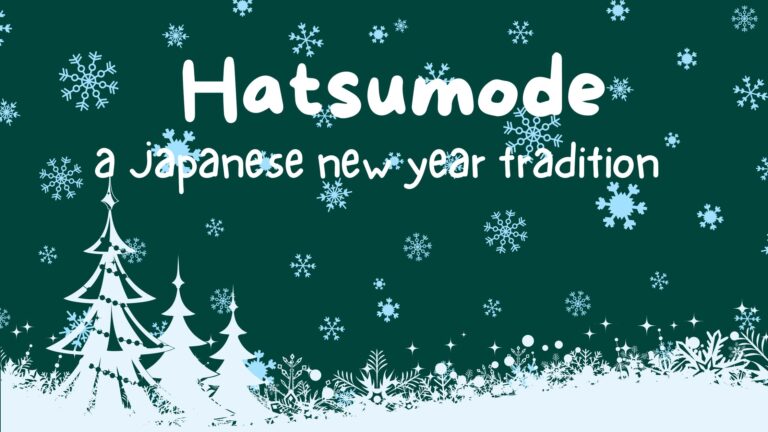Every January, the first thing that many people in Japan do is to go to a shrine or temple and pray for a prosperous new year. This tradition is called “hatsumode” and it’s been practiced for centuries. It’s a way of celebrating the New Year according to ancient Japanese customs. So, what is hatsumode and how do you celebrate it? Let’s take a look!
What Is Hatsumode?
Hatsumode (初詣) is an important part of the traditional Japanese New Year celebration. Hatsumode literally means “the first visit” and refers to going to a shrine or temple during the New Year’s season for the purpose of praying for good luck in the coming year. It is one of Japan’s most beloved and long-standing traditions, with records dating back centuries. People often dress up in their best kimono and go to shrines or temples before sunrise on January 1st, where they will pray for health and success in the upcoming year. They also buy special charms known as “omamori” which are believed to bring good luck.
How To Celebrate Hatsumode
If you want to celebrate hatsumode, then you should start by finding the nearest shrine or temple near you. Many shrines and temples are open 24 hours a day during the New Year period so it’s easy to find one that’s open at any time of day or night.
When you arrive at the shrine or temple, there are several rituals that you should follow in order to properly observe hatsumode:
First, bow twice at the entrance gate
Then, clap your hands twice
Make your wish
Throw coins into the offering box
Bow once again before leaving.

Omamori
An omamori is a type of lucky charm believed to bring protection and help make wishes come true. Depending on the type of wish or need for protection, such as marriage, safe travel, good health, or academics, you can choose an omamori to suit you. After a year has passed, it is customary to return the omamori to the shrine with appreciation, where it will be burned in a sacred fire.

Omikuji
Another popular part of hatsumode is omikuji, which are fortune-telling strips of paper that come with predictions about the upcoming year. Visitors draw one at random from a box near the entrance and read their fortunes before tying it to one of several designated trees around the grounds should the luck be bad. Good fortunes are taken home and kept for the year. The fortunes cover things like life overall, marriage, business, travel, academic and more.
Where to go
Each shrine is dedicated to a specific deity and people go to specific shrines or temples depending on what they wish to pray for. Some places to go in Tokyo are:
Yushima Tenmangu – For good academic results
Tokyo Daijingu – For luck in love
Kanda Shrine – for good fortune in business
Meiji Jingu – For the atmosphere, it’s the most popular spot
Hatsumode is an important part of traditional Japanese culture that has been celebrated for centuries. It’s an opportunity to reflect on what has passed and make wishes for what lies ahead in the new year. If you’re looking to experience this unique cultural tradition firsthand then all you need to do is find your nearest local shrine or temple and follow these simple steps! Whether it’s your first time observing hatsumode or not, it will be an experience you won’t forget anytime soon!

